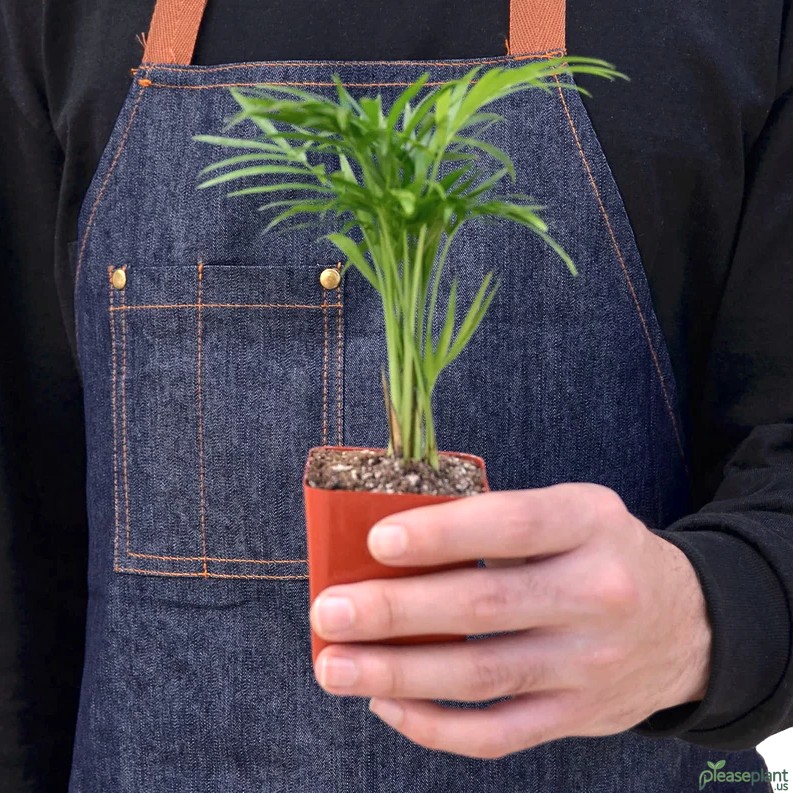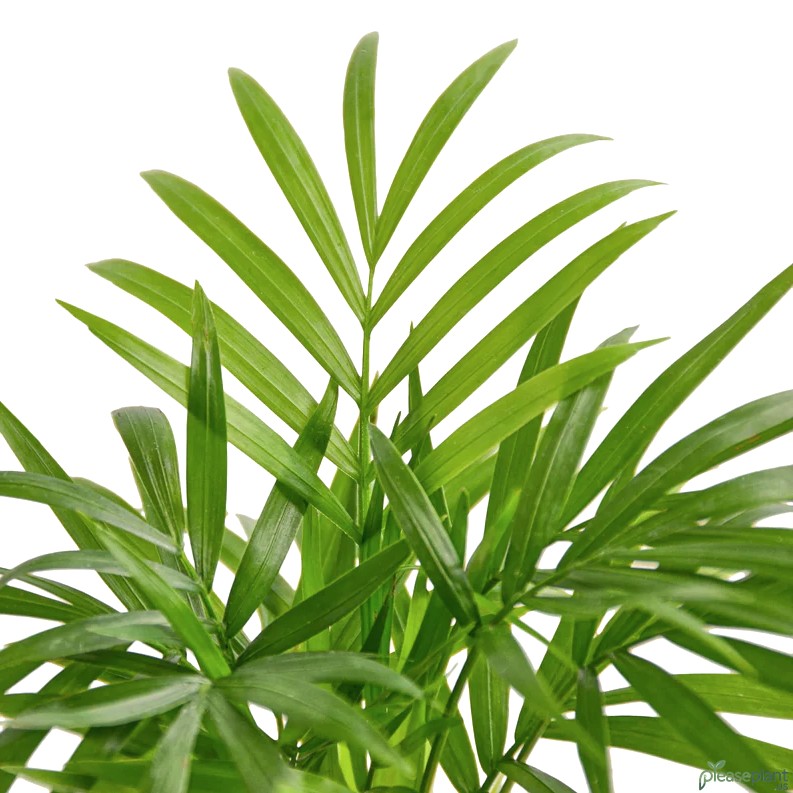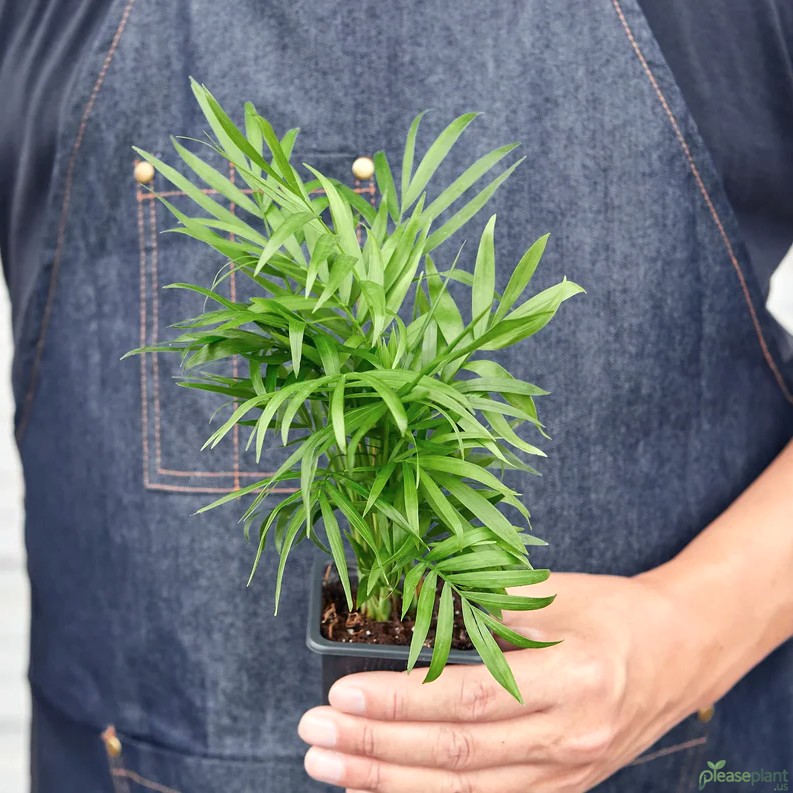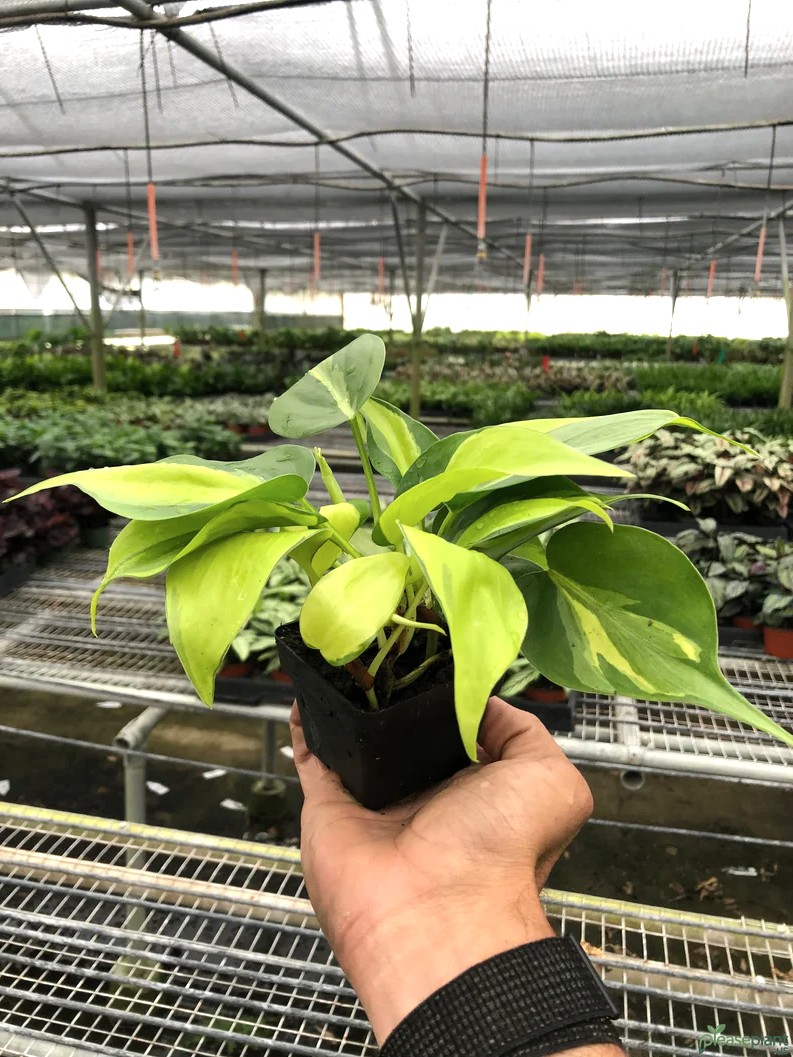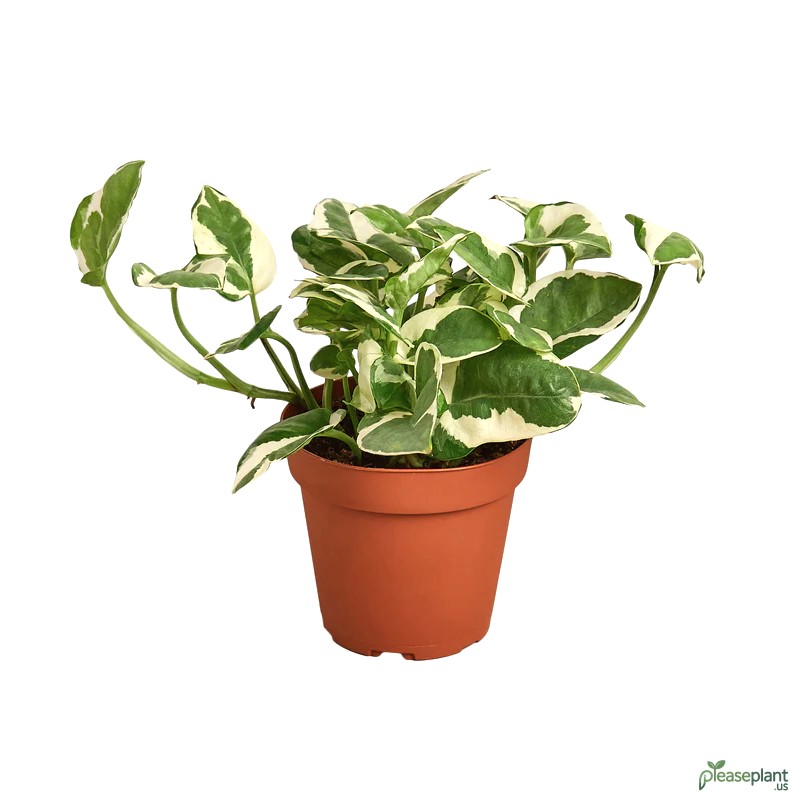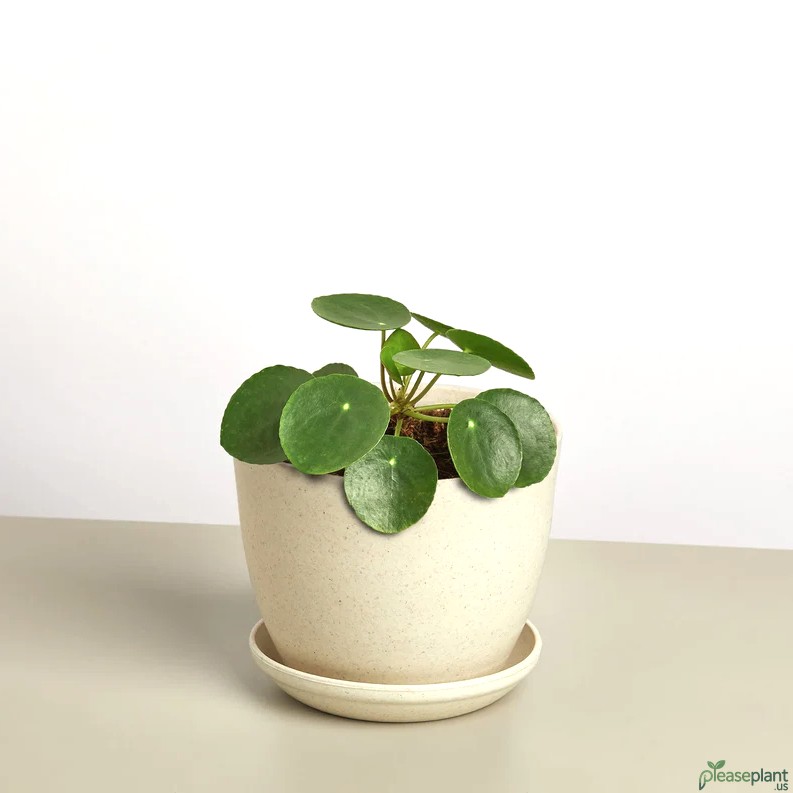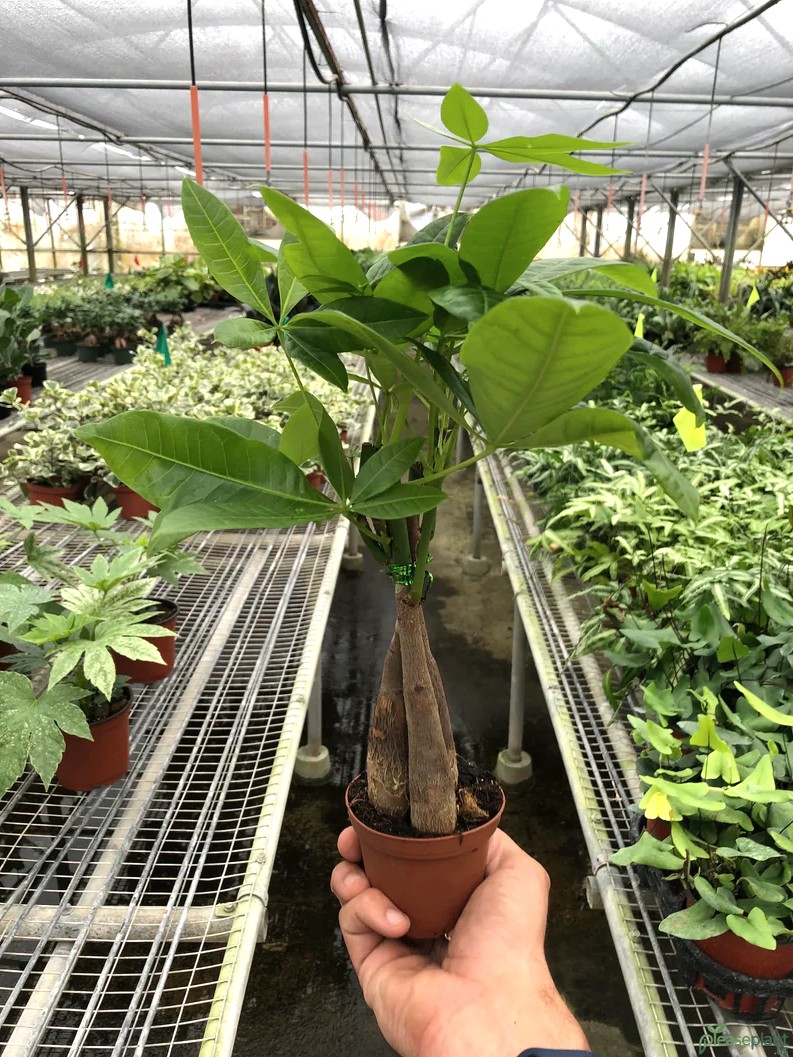If you're wondering what to expect when buying a Parlor Palm - Chamaedorea Elegans Plant, you're not alone. This charming indoor plant is loved for its easy care and elegant look, but how much should you really spend? From tiny starter pots to mature specimens, prices vary quite a bit. Let's break down the cost factors and share some tips on where to find good deals without sacrificing quality.
Let me tell you about the Parlor Palm's price journey
So, you’ve decided to bring a bit of the tropics indoors with a Parlor Palm - Chamaedorea Elegans Plant, eh? Good choice! But wait — how much should you expect to pay? Prices can be all over the place, and I’ve seen everything from $10 little guys to mature palms going for $80 or more. It’s like buying a ticket for a mystery ride.
What drives the cost of a Parlor Palm?
Size is king here. Small starter plants, usually in 4-inch pots, tend to be the cheapest – somewhere between $10 to $20. These are great if you have patience and want to watch your plant grow over months or years. But if you’re like me and prefer instant gratification, bigger pots with established plants will cost more – expect $30 to $80 depending on size and the nursery.
Another sneaky factor is the source. local nurseries often price higher than big box stores, but you get healthier specimens and expert advice. online sellers sometimes offer good deals but beware: shipping can be a gamble and add unexpected costs.
Where to buy your Parlor Palm without breaking the bank?
I remember once I bought my first Parlor Palm from a local nursery that charged a premium, but the plant was a beast—lush and ready to impress guests. Later, I tried an online deal that looked sweet but arrived with a couple of leaves brown and sad. Lesson learned! If you’re just starting out, check local garden centers for sales or clearance pots. Sometimes, they get overwhelmed and slash prices on plants that are still perfectly fine.
Also, plant swaps or community gardening groups can be a goldmine for low-cost or even free plants. I snagged a lovely Parlor Palm this way once, and it was a joy to see it thrive in my living room.
Is it worth paying more for a mature Parlor Palm?
Depends on your patience and decor goals. A bigger, mature plant makes an immediate statement but costs more and sometimes is trickier to transport. Smaller plants are wallet-friendly but require more time and care to reach those Instagram-worthy heights.
Final thoughts on Parlor Palm pricing
The Parlor Palm - Chamaedorea Elegans Plant is a beautifull, low-maintenance indoor palm that won’t break your bank if you shop smart. Expect to pay between $10 and $80, depending on size, source, and condition. Don’t rush; take your time to spot a healthy plant or even grow one from a tiny starter. Your wallet and your green thumb will thank you for it!

